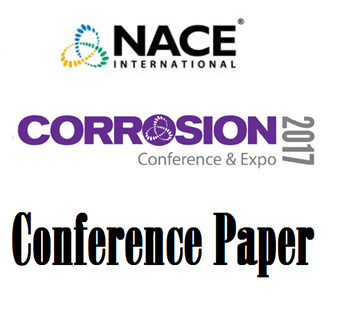Search
Products tagged with 'hydrogen'
View as
Sort by
Display
per page
Sour Environmental Severity Based On Hydrogen Permeability And HIC/SSC Susceptibilities
Product Number:
51321-16543-SG
Publication Date:
2021
$20.00
Strain Hardened Austenitic Corrosion Resistant Alloys’ Susceptibility to Hydrogen Induced Stress Cracking
Product Number:
51323-19235-SG
Publication Date:
2023
$20.00
Study of High Strength Low Alloy Steel OCTG with High Carbon Contents for Mildly Sour Service
Product Number:
51317--9051-SG
ISBN:
9051 2017 CP
Publication Date:
2017
$20.00
Sulfide Stress Cracking Of Low Alloy Steels For Oil And Gas Production: Revisiting The Effect Of Ni As An Alloying Element
Product Number:
51321-16549-SG
Publication Date:
2021
$20.00
Towards Hydrogen Permeation Testing of Novel Coatings for Steel Pipelines using an Electrochemical Hydrogen Charging Method
Product Number:
51323-19148-SG
Publication Date:
2023
$20.00





